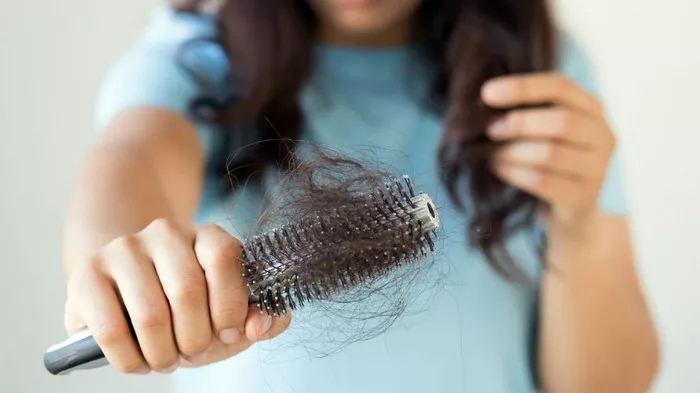Orlando, FL – Diagnosing, treating, and monitoring hair loss in children pose unique challenges due to the diverse range of conditions that can be responsible for this concern. Dr. Michelle Oboite, a prominent dermatologist from Children’s Hospital of Philadelphia, provided insights into distinguishing types of hair loss, recommending appropriate treatments, and emphasizing the significance of shared decision-making during her presentation at the annual ODAC Dermatology, Aesthetic & Surgical Conference.
Hair loss in children can impact their quality of life, leading to issues such as anxiety, teasing, or bullying. Dr. Oboite highlighted the isolating nature of the condition and emphasized the need for effective diagnosis and management.
Common causes of hair loss in children include alopecia areata, tinea capitis, and trichotillomania. However, Dr. Oboite also shed light on less common causes such as androgenetic alopecia, primary scarring alopecias, and genetic conditions like loose anagen syndrome, uncombable hair syndrome, and autosomal recessive hypotrichosis with recurrent skin vesicles.
Alopecia areata, characterized by localized or widespread hair loss, requires careful consideration before treatment initiation, particularly in younger children. Dr. Oboite recommended topical therapies, such as corticosteroids or Janus kinase inhibitors, and stressed the importance of shared decision-making between healthcare providers and caregivers. For extensive cases, systemic therapy, including oral steroids or JAK inhibitors, may be considered.
In the case of tinea capitis, oral treatments like griseofulvin or terbinafine are recommended, with a focus on preventing reinfection through proper hygiene practices.
Trichotillomania, a condition where individuals compulsively pull out their hair, was discussed, emphasizing the importance of a thorough history and examination to distinguish it from alopecia areata. Redirection therapy and cognitive behavioral therapy were suggested as treatment approaches.
Dr. Oboite also addressed androgenetic alopecia, a rare occurrence in children, and outlined the use of topical minoxidil as a treatment option.
Rare genetic conditions like loose anagen syndrome and uncombable hair syndrome were discussed, with Dr. Oboite highlighting the potential for improvement over time.
Additionally, she shared a case of a child with autosomal recessive hypotrichosis with recurrent skin vesicles, emphasizing the importance of considering genetic conditions in hair loss diagnoses.
In conclusion, Dr. Oboite encouraged healthcare professionals not to hesitate in seeking help for complex or rare cases of pediatric hair loss, as accurate diagnosis and successful treatment can be achieved with collaboration among specialists. Pediatric dermatologists, she noted, are readily available to provide support in managing the complexities of hair loss in children.


